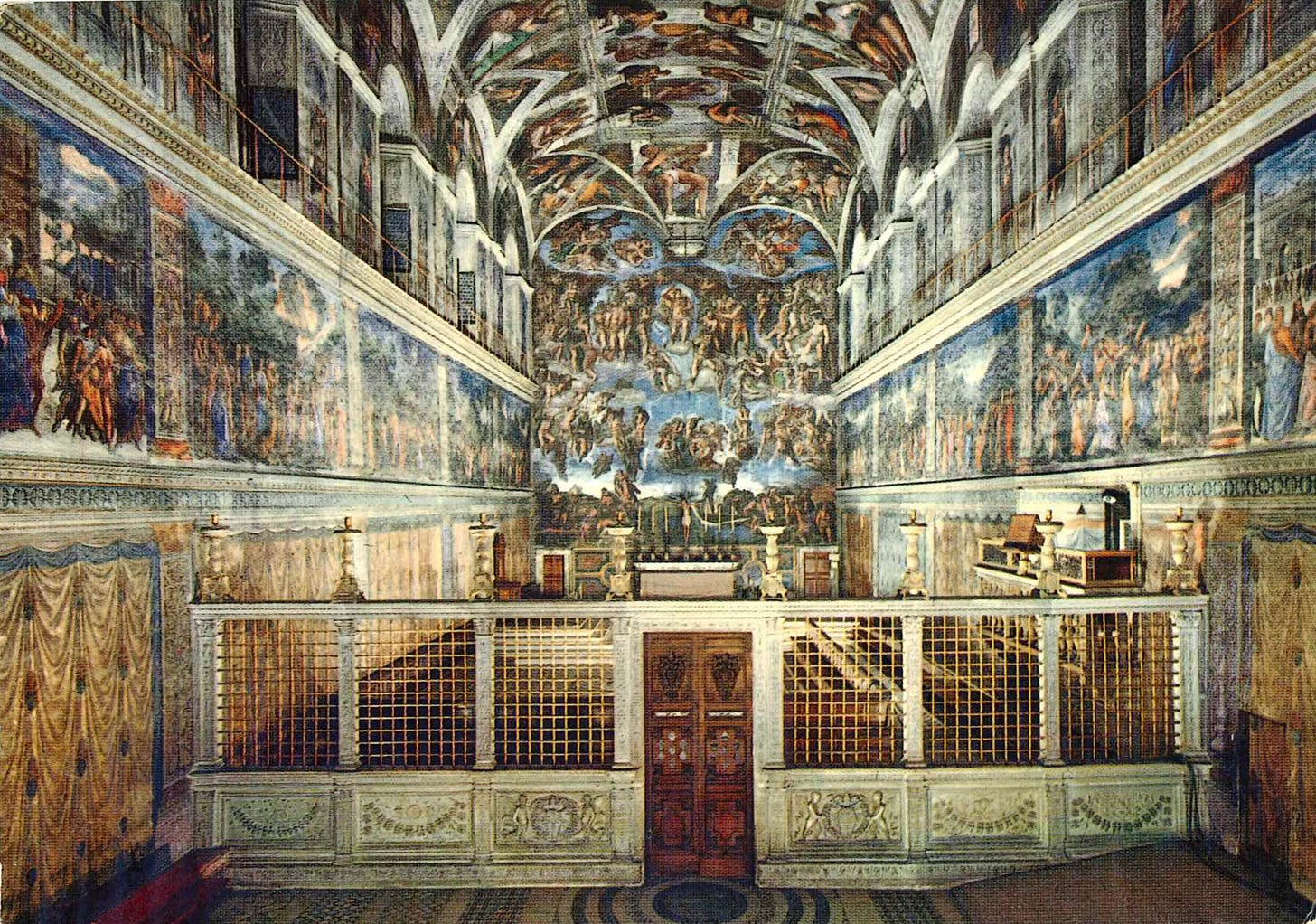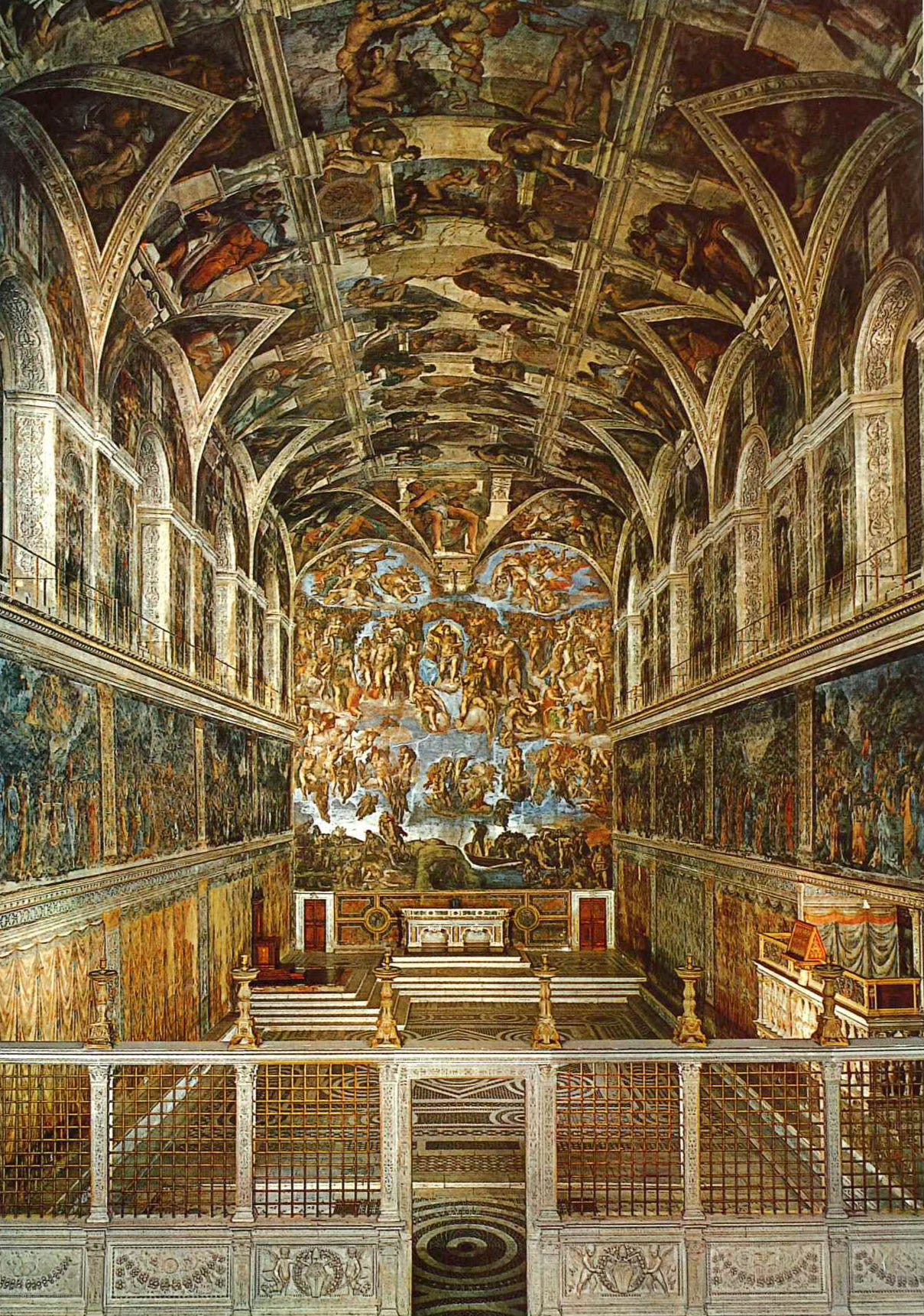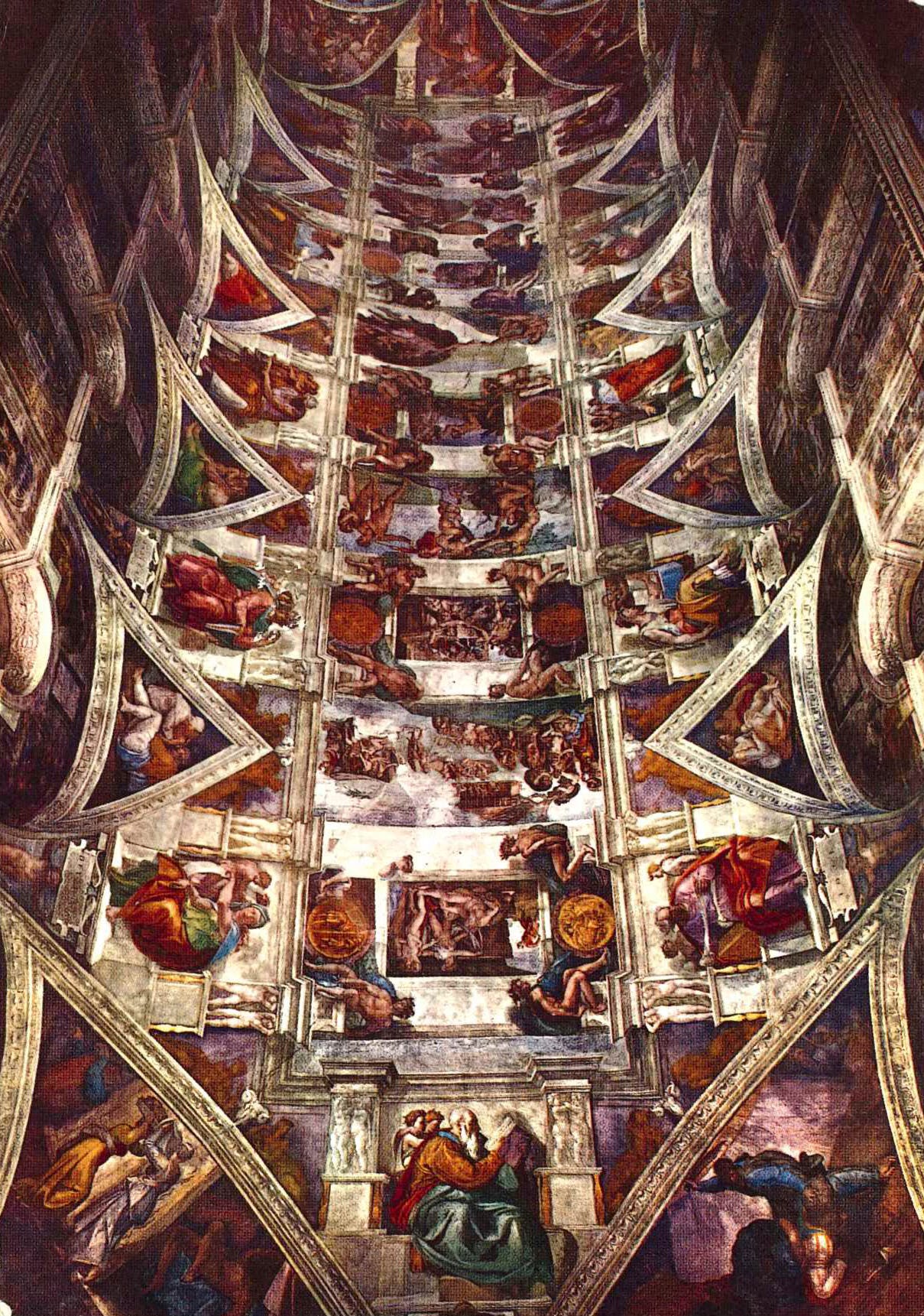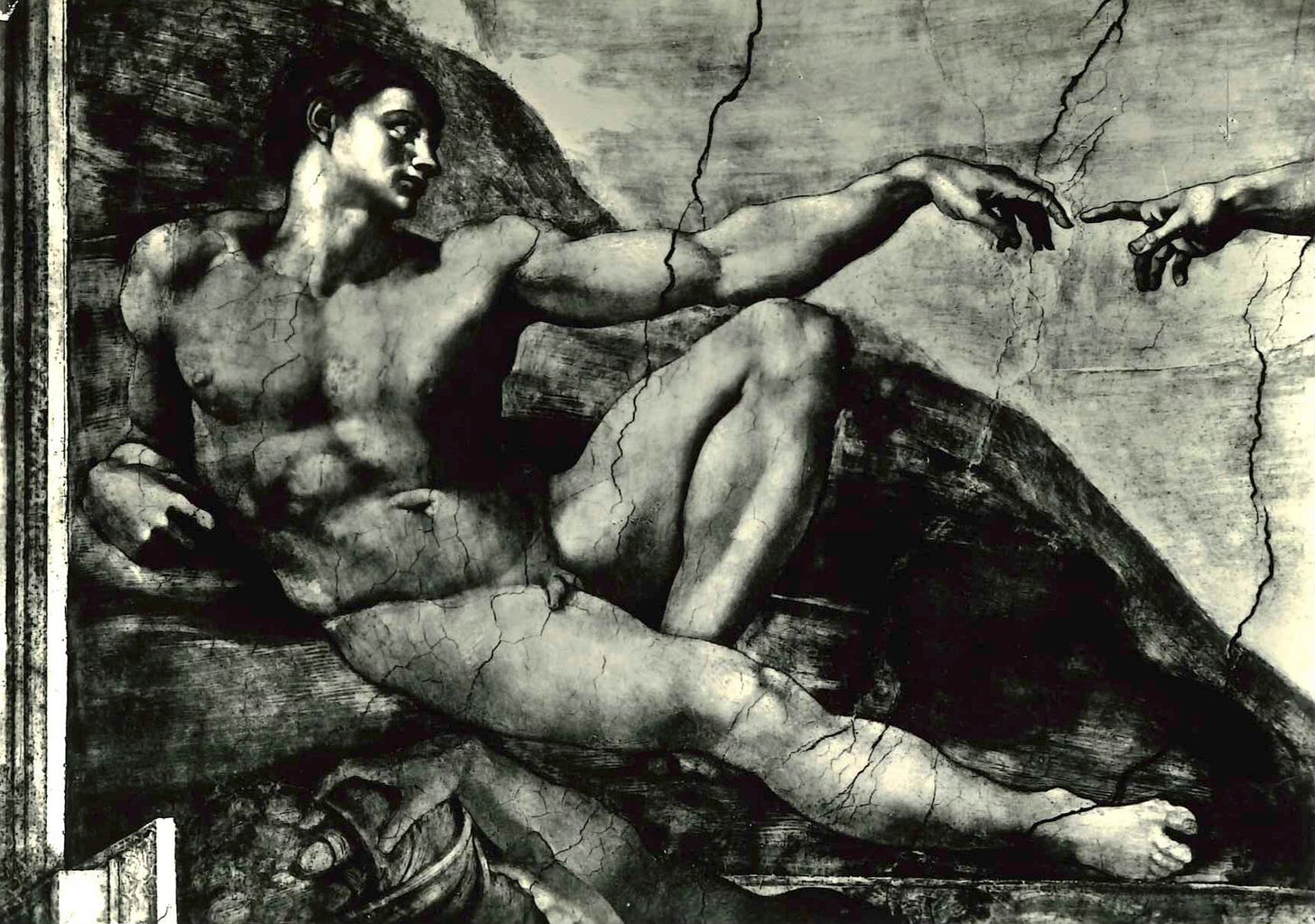Conclave is a Movie…
…and the Sistine Chapel in the Vatican is the feature of today's posting
As I write this, the College of Cardinals is assembling in the Vatican to consider who shall succeed the late Pope Francis. Since this is about as good an occasion as any, I thought to sift through the hundreds of picture postcards in the “Rome, Italy” section of the Erich Sonntag Postcard Collection and I sincerely hope you’ll enjoy our little visit to one of the greatest masterpieces of art ever done (personal opinion here), the Sistine Chapel; the below general information is from Wikipedia (references omitted):
Originally known as the Cappella Magna (“Great Chapel”), it takes its name from Pope Sixtus IV, who had it built between 1473 and 1481. Since that time, it has served as a place of both religious and functionary papal activity. Today, it is the site of the papal conclave, the process by which a new pope is selected. The chapel's fame lies mainly in the frescoes that decorate its interior, most particularly the Sistine Chapel ceiling and The Last Judgment, both by Michelangelo…
On 15 August 1483 Sixtus IV celebrated the first mass in the Sistine Chapel for the Feast of the Assumption, during which the chapel was consecrated and dedicated to the Virgin Mary.
Between 1508 and 1512, under the patronage of Pope Julius II, Michelangelo painted the chapel’s ceiling, a project that changed the course of Western art and is regarded as one of the major artistic accomplishments of human civilization. In a different political climate, after the Sack of Rome, he returned and, between 1535 and 1541, painted The Last Judgment for Popes Clement VII and Paul III.
And without much—here’s the official website, which informs prospective visitors that the Sistine Chapel is closed “for the requirements of the Conclave”—further ado, here are some postcards in lieu of the possibility of a visit at this time.
We’ll start with the above postcard, which shows The Last Judgement (in the read) as well as the ceiling fresco with The Creation of Adam in the centre (see also below); it was mailed in 1976. The below postcard show the same perspective, but since it was never mailed, I cannot tell you much more about it.
The magnificent ceiling is on the below postcard, which was mailed but there’s no discernible date on the reverse:
Finally for this posting, here’s a close-up of The Creation of Adam:
Note God’s stretched hand, as opposed to Adam not exactly doing the same—I think it symbolises Mankind’s free will, which we were granted (for better or worse).






I think Adam’s rather limp aspect is interpreted by some as Michelangelo depicting the moment before God completes his creation, shown by their fingers not yet quite touching (though I suppose others will see it as his innocence a moment after creation, with the fingers moving apart). Either way, that little air gap seems very significant!
I’m a big fan of the film, “The Agony and the Ecstasy,” about the painting of the ceiling. With Charlton Heston as Michelangelo, it inevitably draws some snark, but I think it strives to portray the power of art, not as something nice or pretty, but as an irresistible, merciless imperative.
Bravo Bravo!